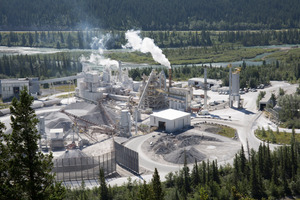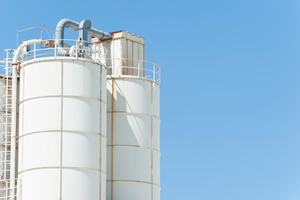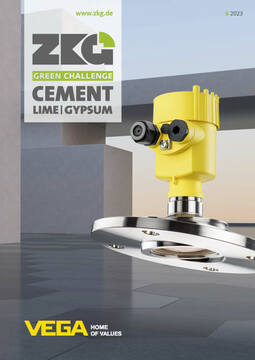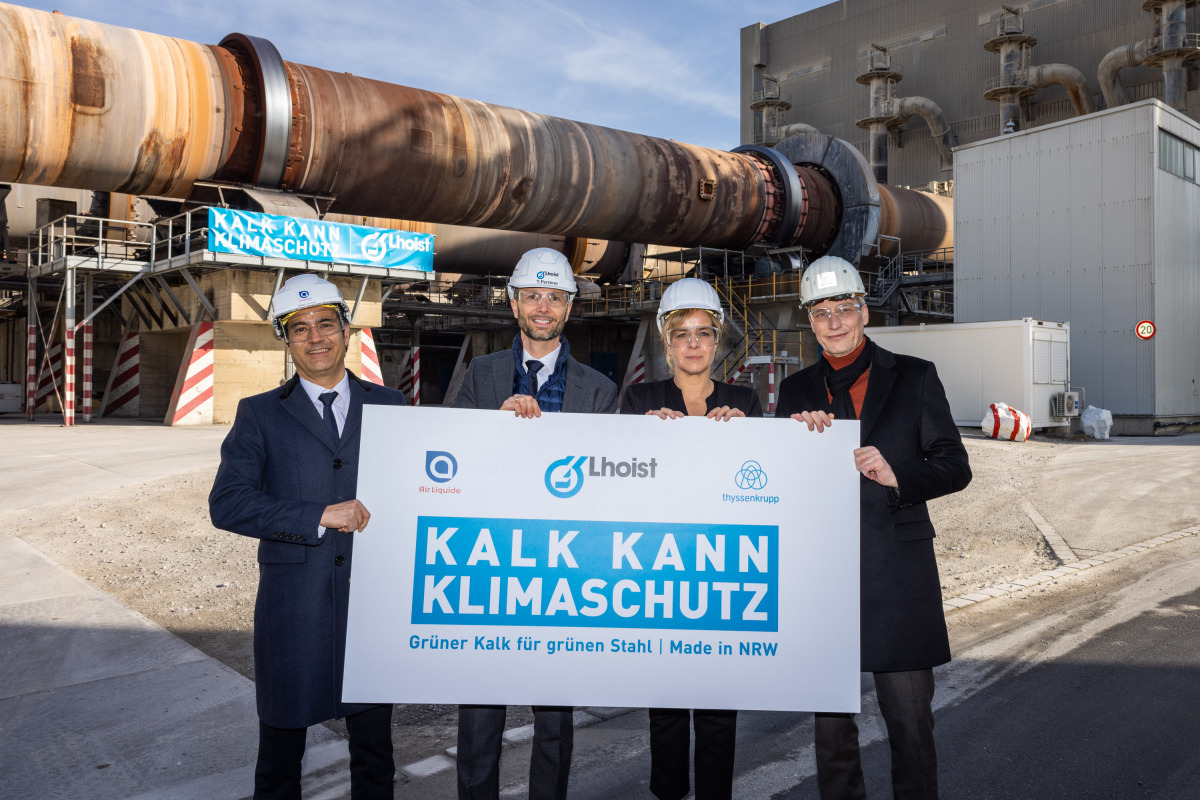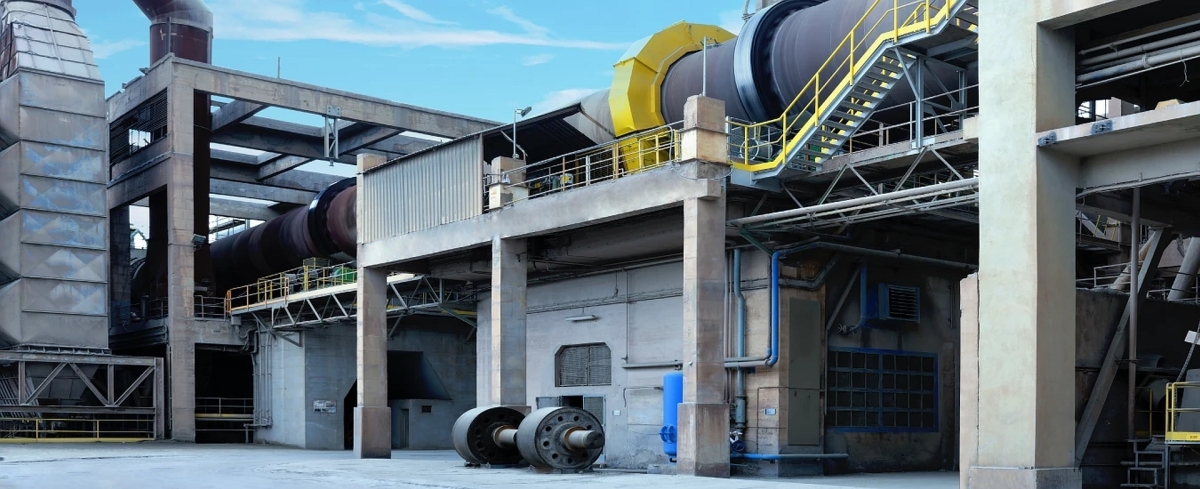The challenge of climate neutrality
Cement is still the most important building material in our industrial society and will remain indispensable for a long time to come. However, cement production accounts for anywhere from four to eight percent of CO2 emissions worldwide, depending on the calculation methods and production processes. Consequently, the cement industry – unlike other Uniper industry partners – faces its own set of challenges due to unavoidable process-related emissions. Although energy efficiency has been promoted for cost reasons for some time, particularly in the last year, it is not a game changer that can achieve net zero emissions on its own.
Demand for green cement is rising
At the same time, cement companies are under increasing pressure to decarbonize as quickly as possible. Public tenders are beginning to require the use of climate-neutral cement. This trend is rapidly accelerating in Germany and elsewhere as a result of discussions about green lead markets. This has created “green premiums” for climate-neutral concrete; on the other hand, concrete that does not meet climate neutrality criteria may not be offered in certain tenders. In this situation, it helps to look at the share of CO2 attributable to concrete in a building’s total carbon footprint as well as the cost of this CO2 relative to the total cost of construction. This approach reveals that concrete has some of the lowest CO2 avoidance costs, i.e., the effective costs of climate protection action per metric ton of avoided CO2 emissions.
Nevertheless, cement still faces a particularly difficult path to climate neutrality because so much depends on infrastructure and regulatory systems over which manufacturers themselves have no control.
Specific challenges facing the cement industry during the transformation process
Driven by EU-ETS trading, sharp rises in CO2 prices and other factors, the cement industry has for years avoided, reduced, substituted and offset CO2 emissions and successfully reduced the carbon footprint of each metric ton of cement.
Uniper partners with many customers on this transformation journey to develop waste heat solutions, address green power supply plans, supply biogenic fuels, or even jointly consider carbon capture, utilization, and storage projects (CCUS).
In these partnerships, we frequently find that initial efficiency steps and measures, such as increasing biogenic fuels, have reached their limits. Actual decarbonization requires the use of CCUS. One technological option is post-combustion CO2 capturing, which can be implemented within our existing infrastructure. Another approach is to use novel processes such as oxyfuel, which can enable particularly high flame temperatures and allows the resulting carbon dioxide to be captured. However, this application requires the entire manufacturing process to be designed from scratch as a virtual factory – a digital greenfield project, as it were.
Reliable fundamental conditions are needed
Carbon management is a strategic approach that has accelerated the drive toward establishing the regulatory and infrastructural environment needed for achieving climate neutrality, both in Germany and at the EU level. However, transformation will not succeed without options to store or transport CO2 by ship or – eventually – through pipelines, without the associated transport and export permits, and without appropriate support in the form of subsidy regimes. In this setting, the climate protection agreements being implemented in Germany can be a highly valuable instrument, even if they impose extensive bureaucracy and obligations. However, even full subsidization of the transformation will not be enough if the necessary infrastructure is not in place.
Joint action – combined approaches
The rapidly changing market environment is one of the main forces driving the emergence of new models for partnerships between the energy and cement industries. A candid discussion of who can and should play what role in the new emerging CO2 value chain can help in finding the best solutions. Will plant-adjacent wind farms become a core competence for cement companies in the future, or does it make more sense to work with a partner? Who will transport and optimize the CO2? Will carbon capture plants be financed and operated by third parties, or are they part of the company’s core process? These questions do not have easy answers and can only be resolved by discussions among equals over the coming months and years. However, there is one thing we know from experience: a joint approach increases the chances of success.

